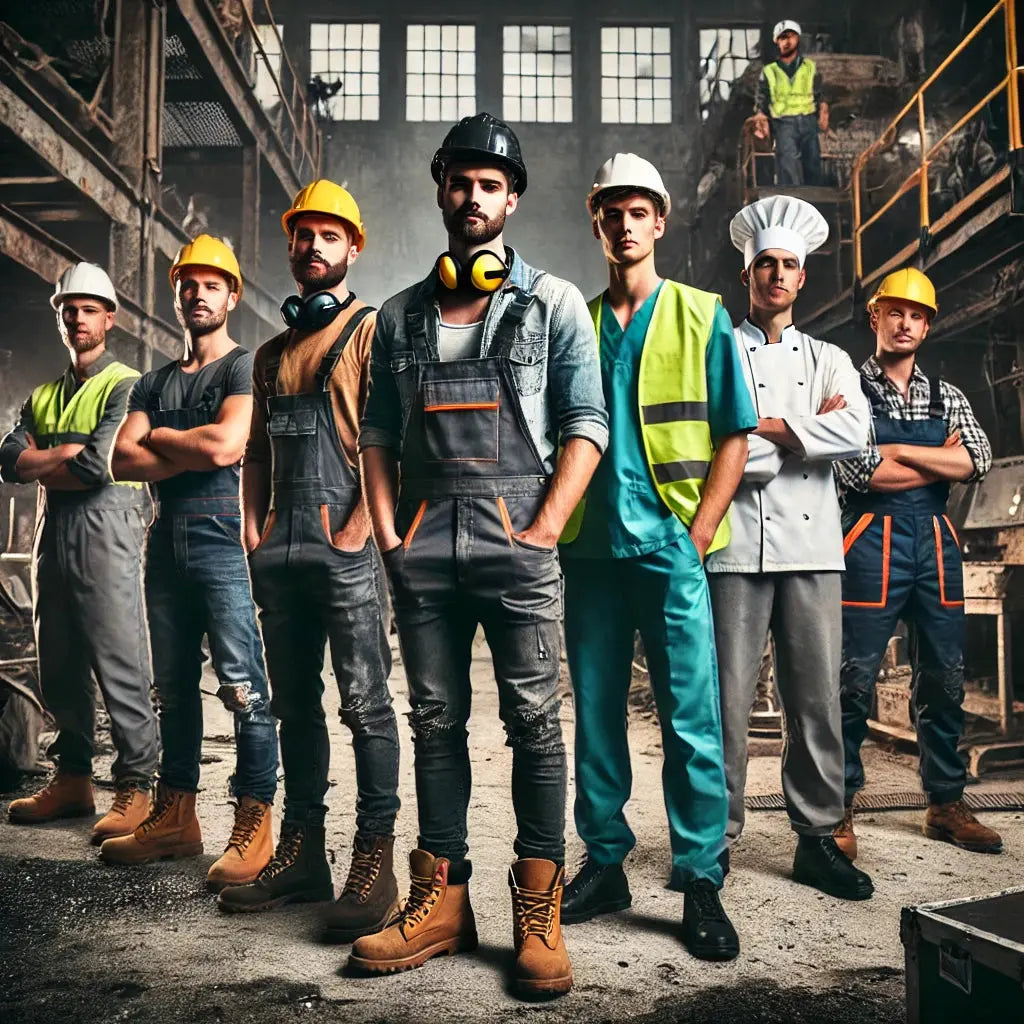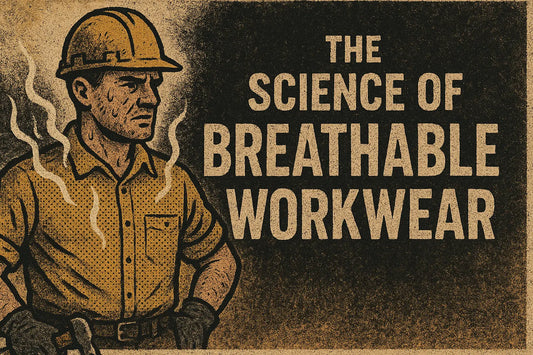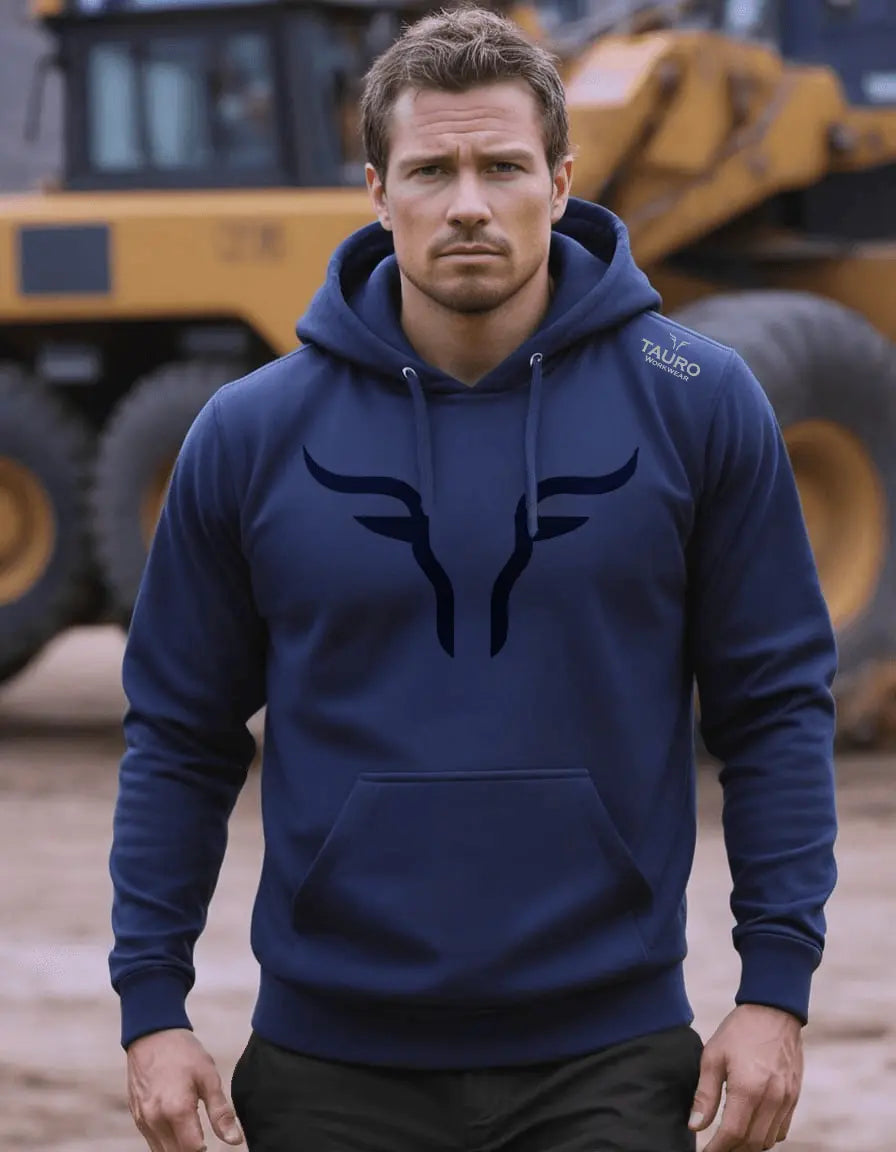
What Qualifies as Workwear? Defining Essential Gear for Various Industries
When you're knee-deep in sawdust or balancing on scaffolding, you want to know your gear has your back. That's where workwear steps in. This isn’t just any old clothing—it’s specialised gear designed to keep you safe, comfortable, and ready to tackle whatever the job throws at you. From the construction site to the hospital, let's break down what makes workwear essential.
Core Principles of Workwear
Safety and Protection
First things first, workwear is your shield against workplace hazards. Think about the construction industry: it’s filled with risks. You need hard hats, steel-toed boots, and high-visibility clothing to protect you from falling objects, impacts, and to make sure everyone sees you.
Durability and Robustness
Your workwear needs to be as tough as the job itself. We're talking heavy-duty materials like reinforced denim, sturdy canvas, and top-notch stitching. This stuff is built to last through the harshest conditions.
Adaptability to Environmental Conditions
Work doesn’t stop because of a little rain or snow. Your gear shouldn’t either. Waterproof jackets, insulated coveralls, and moisture-wicking fabrics keep you comfortable and productive, no matter the weather.
Case Study: Construction Site in Northern Scotland
Workers at a construction site in Northern Scotland faced severe weather conditions, including heavy rain and strong winds. By equipping themselves with waterproof jackets and insulated coveralls, provided by Tauro Workwear, they were able to maintain productivity and safety standards despite the challenging environment.
Comfort and Mobility
Comfort isn't just a luxury; it’s a necessity. Ergonomically designed attire with stretchable components allows you to move freely and get the job done without feeling like you're in a straitjacket.
Personal Protective Equipment (PPE)
Beyond clothing, PPE like safety goggles, hearing protection, and dust masks are crucial, depending on the industry. These items protect against specific risks like dust inhalation or loud machinery.
Industry-Specific Workwear
Not all workwear is created equal. Different industries have unique demands. Here’s a quick rundown:
Construction
In construction, workwear is all about protection and visibility. Hard hats, high-visibility vests, steel-toed boots, and gloves are must-haves. Overalls and coveralls shield you from dirt and hazardous materials.
Healthcare
In healthcare, the focus is on hygiene and infection control. Scrubs, lab coats, gloves, and face masks keep both workers and patients safe from contamination.
Manufacturing
Manufacturing often requires flame-resistant clothing, ear protection, and safety glasses to shield workers from high-temperature processes and loud machinery.
Hospitality
In the hospitality industry, safety and appearance go hand in hand. Chef’s jackets, aprons, and non-slip shoes ensure safety while maintaining a professional look.
Regulatory Compliance
Workwear isn’t just about practicality—there are laws and standards to meet. Employers need to provide the right gear and make sure everyone’s following safety protocols. This ensures a safe working environment and helps avoid hefty fines.
Choosing the Right Workwear
So, how do you choose the right workwear? Here are some tips:
- Know the Requirements: Different jobs have different needs. Make sure you understand what's required for your specific industry.
- Quality over Price: It might be tempting to go for the cheaper option, but investing in quality workwear will pay off in the long run.
- Comfort and Fit: You’ll be wearing this gear for long hours. Make sure it fits well and is comfortable.
- Check Reviews: Look for reviews and recommendations from others in your industry. This can give you a good idea of what works and what doesn’t.
Case Study: Manufacturing Plant Safety Overhaul
At a manufacturing plant, management noticed an increase in accidents and decided to overhaul their safety gear. They switched to flame-resistant clothing and added more comprehensive PPE. The result? A 40% decrease in workplace injuries within six months. This case was studied by OSHA, highlighting the importance of proper workwear.
Trends in Workwear
Workwear isn’t static; it evolves with technology and fashion trends. Here’s what’s new:
Sustainable Materials
There’s a growing demand for eco-friendly workwear made from sustainable materials. Brands are responding by offering gear that’s both durable and kind to the planet.
Smart Workwear
Imagine clothing that can monitor your health, provide data to improve safety, or even adjust to temperature changes. Smart workwear is becoming a reality, with innovations like built-in sensors and adaptive fabrics.
Customisation
More companies are offering custom workwear solutions. This allows businesses to tailor gear to their specific needs, ensuring the best fit and functionality.
Why It Matters
Choosing the right workwear isn’t just about following rules or looking good. It’s about safety, efficiency, and comfort. The right gear can make a significant difference in your workday, reducing the risk of injury and increasing productivity.
Conclusion
Whether you're laying bricks, treating patients, or cooking up a storm, the right workwear is essential. It protects, it lasts, and it makes your job a whole lot easier. So next time you suit up, remember—you’re not just wearing clothes; you’re donning the gear that keeps you safe and effective on the job.
For workwear that ticks all the boxes, check out Tauro Workwear. We've got you covered, literally!
Stay safe, stay comfortable, and keep working hard!




